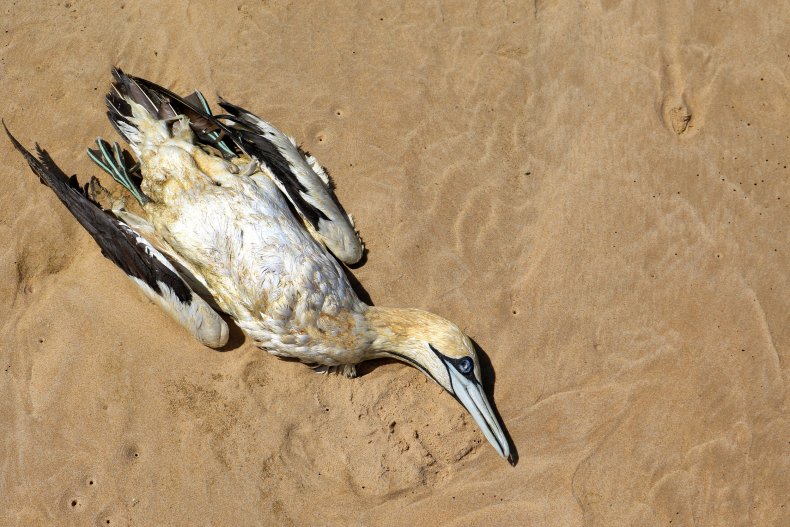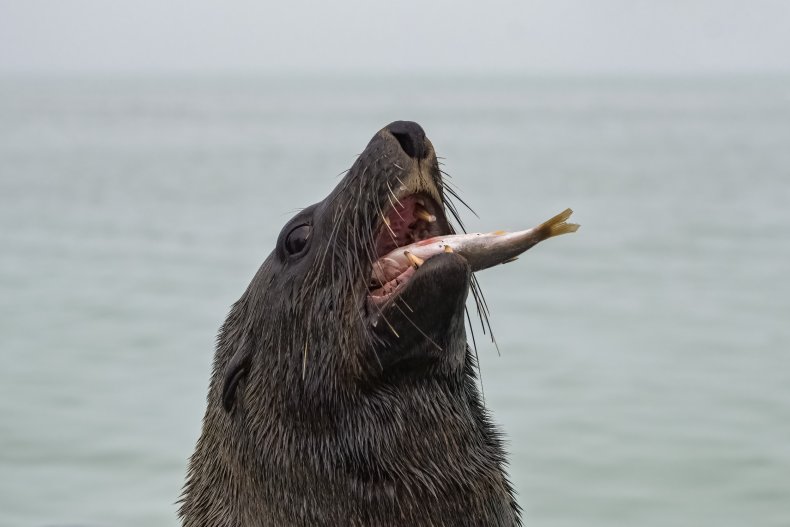The headless corpses of tiny penguins and numerous dead seabirds have been found washed up on beaches in Australia, sparking a mystery as to who or what could be responsible.
Sixty little penguins, one of the smallest species of the flightless birds, have been found on a beach on the New South Wales South Coast, as well as 20 gannets. On August 15 alone, six of the penguins and one gannet were found.
“It’s not something we have seen before in these numbers,” Lisa Hood, coordinator of the Australia Seabird and Turtle Rescue (ASTR) South Coast branch, told local news outlet ABC Australia. “It’s a mystery.”
ISTOCK / GETTY IMAGES PLUS
Australasian gannets are black and white seabirds, native to Australia and New Zealand. Little penguins, also known as fairy penguins, are found off the coast of Australia, tend to only grow to around 12 or 13 inches tall, and have a number of natural predators, including seals, larger sea birds, land mammals and predatory fish.
Some experts think that the culprit behind these grizzly findings may be hungry fur seals. Several dead gannets discovered last July were found to have been killed by fur seals. They had puncture wounds in their wings and the bottom halves of their bodies were missing.

ISTOCK / GETTY IMAGES PLUS
These birds had been in “immaculate condition, fit and healthy up until the second they died,” Australian Registry of Wildlife Health manager Karrie Rose told ABC Australia. The puncture marks on the 2022 birds were then matched to the teeth of fur seals.
Australian fur seals are the largest species of fur seal, bigger than their South African Cape fur seal cousins.
Additionally, scientists who analyzed the bodies of the dead little penguins found that the injuries were consistent with fur seal attacks. Seals may only eat the head because it’s the most nutritious part of the animal
“It’s a case of looking for the best resources out of the energy that they put in,” Nicholas Carlile, a Department of the Environment senior research scientist, told ABC.

ISTOCK / GETTY IMAGES PLUS
Rose suspects that local fur seals may have begun to “frenzy-kill.”
“Seals eat seabirds, so I don’t think that part’s really unusual,” Rose said. “They would come up from underneath and have a munch but they’d usually eat the whole thing and not kill more than they needed.”
“It’s the frenzy-kill aspect of it, that’s unusual.”
According to Rose, the seals may have learned the behavior from others, or perhaps a single seal was responsible for all the attacks.
“It’s happening out at sea, so we don’t know who the culprit is,” she said.
Do you have a tip on a science story that Newsweek should be covering? Do you have a question about bird attacks? Let us know via [email protected].


